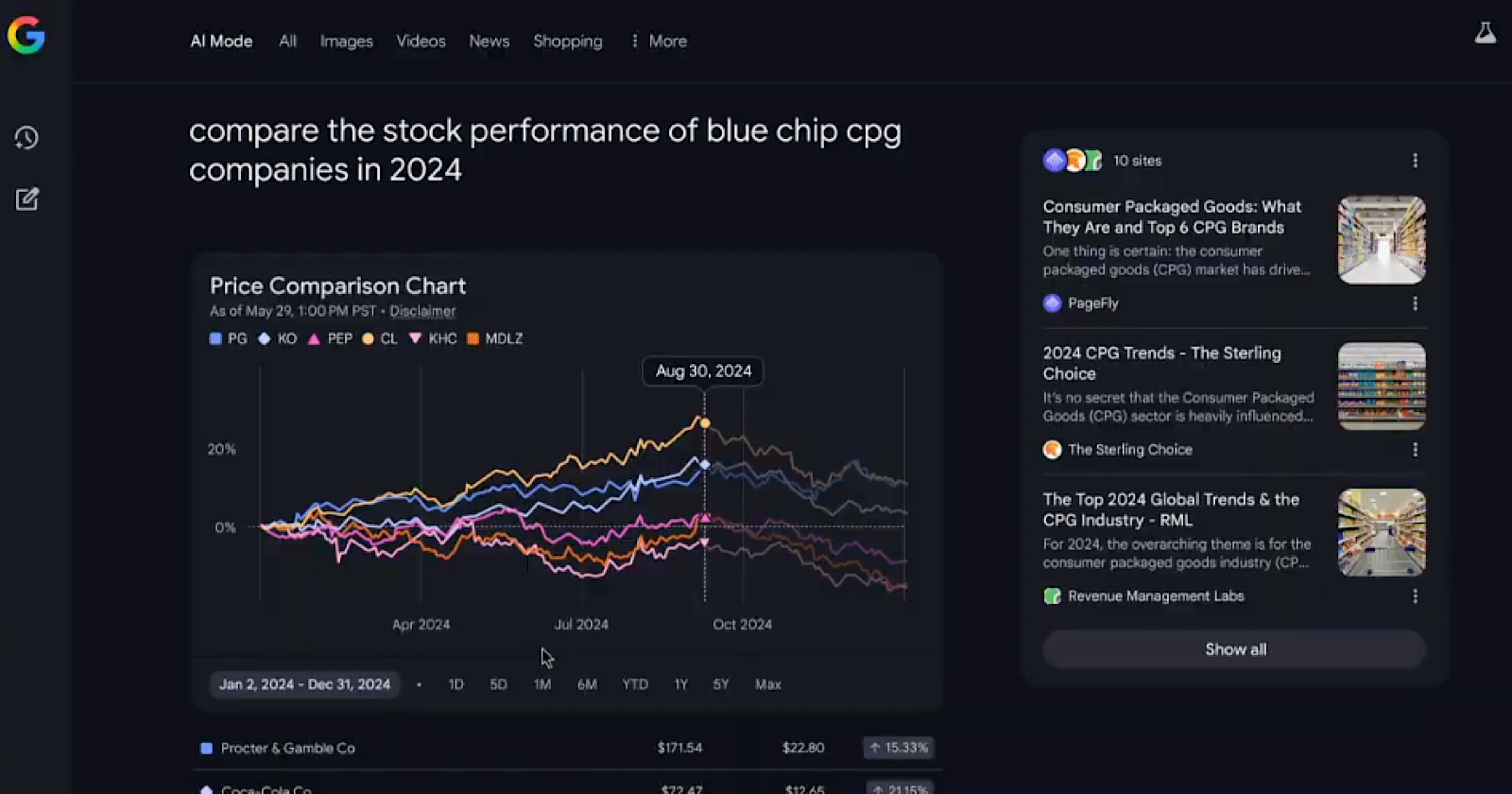Tech evolves. Leadership comms? Not so fast.
Tried and true tools define communicators’ approach to leader communications. Clear and consistent communication from executives and senior leaders is fundamental to building trust, ensuring alignment and driving sustained engagement across an organization. Their words shape company culture, clarify strategic priorities and inspire employees to take an active role in achieving business goals. However, according […] The post Tech evolves. Leadership comms? Not so fast. appeared first on Ragan Communications.

Tried and true tools define communicators’ approach to leader communications.
Clear and consistent communication from executives and senior leaders is fundamental to building trust, ensuring alignment and driving sustained engagement across an organization. Their words shape company culture, clarify strategic priorities and inspire employees to take an active role in achieving business goals.
However, according to data from Ragan’s 2025 Communications Benchmark Report, a signature research project conducted for members of Ragan’s Communications Leadership Council, many communicators report difficulties in gaining direct access to the C-suite, a significant barrier to more effective leadership communication.
The full Communications Benchmark Report is available to members of Ragan’s Communications Leadership Council. Non-members can download the executive summary.
Obstacles to more effective C-suite communications
Time is the biggest obstacle. Simply getting dedicated time on busy calendars is the primary barrier, according to just over half (51%) of respondents. A smaller group of respondents do not feel their executives grasp the value of communications (27%), or they don’t have access to executives (26%) or their principals are hesitant to use social media (19%).
Assuming they get time on a busy executive’s calendar and have established enough credibility to have their ear, communicators must then figure out the best way to deliver leadership’s messages to employees.
Leadership communications
Email has continued to grow as the most effective way, in part driven by the ability to reach nearly everyone in the enterprise via one medium as well as the ability to personalize messages for different employee segments. Other established tools like town halls, newsletters and the intranet rounded out the top four tools, aligning with broader trends around effective channels for internal communication.
Interestingly, video and virtual content saw a 10-percentage point decline, part of a three-year trend that is likely indicative of the move toward more in-person work in the office. Small group meetings, one-on-ones and walk-abouts all decreased further this year, continuing their three-year decline in favor of mass communication tools.
As AI and other commtech tools allow communicators to further segment and personalize communications to targeted audiences, expect tried-and-tested traditional tools like email and newsletters to remain near the top as leadership communication tools.
Manager communications
A similar storyline plays out when communicating with frontline supervisors and managers.
After a brief dip in last year’s rankings, email once again claimed the top spot for communicating with people managers. The suite of AI-enabled writing products being developed and deployed will give communicators a powerful set of tools to customize content and target busy managers with information they need to know at the time they need to know it.
Personal communication methods and development resources also remain effective channels for reaching people managers. Nearly three-quarters of respondents (72%) find team meetings with managers to be effective, followed by dedicated resources for team managers such as briefing sheets or templated content (45%) and one-on-one meetings (42%).
The post Tech evolves. Leadership comms? Not so fast. appeared first on Ragan Communications.


























![How To Launch, Grow, and Scale a Community That Supports Your Brand [MozCon 2025 Speaker Series]](https://moz.com/images/blog/banners/Mozcon2025_SpeakerBlogHeader_1180x400_Areej-abuali_London.png?auto=compress,format&fit=crop&dm=1747732165&s=beb7825c980a8c74f9a756ec91c8d68b#)
![Clicks Don’t Pay the Bills: Use This Audit Framework To Prove Content Revenue [Mozcon 2025 Speaker Series]](https://moz.com/images/blog/banners/Mozcon2025_SpeakerBlogHeader_1180x400_Hellen_London.png?auto=compress,format&fit=crop&dm=1747758249&s=9f3c5b1b7421f862beace1cb513053bb#)
![How To Create an Integrated Strategy That Increases Brand Mentions and Visibility [Mozcon 2025 Speaker Series]](https://moz.com/images/blog/banners/Mozcon2025_SpeakerBlogHeader_1180x400_JamesH_London.png?auto=compress,format&fit=crop&dm=1747780409&s=9bf9f0a2623b4a8be6eaf8f235115505#)





















![The 11 Best Landing Page Builder Software Tools [2025]](https://www.growthmarketingpro.com/wp-content/uploads/2024/04/best-landing-page-software-hero-image-1024x618.png?#)

































































![Social media image sizes for all networks [June 2025]](https://blog.hootsuite.com/wp-content/uploads/2023/01/Social-Media-Image-Sizes-2023.png)


![41 Instagram features, hacks, & tips everyone should know about [new data]](https://www.hubspot.com/hubfs/Instagram-hacks-1-20240916-2633447.webp)





















